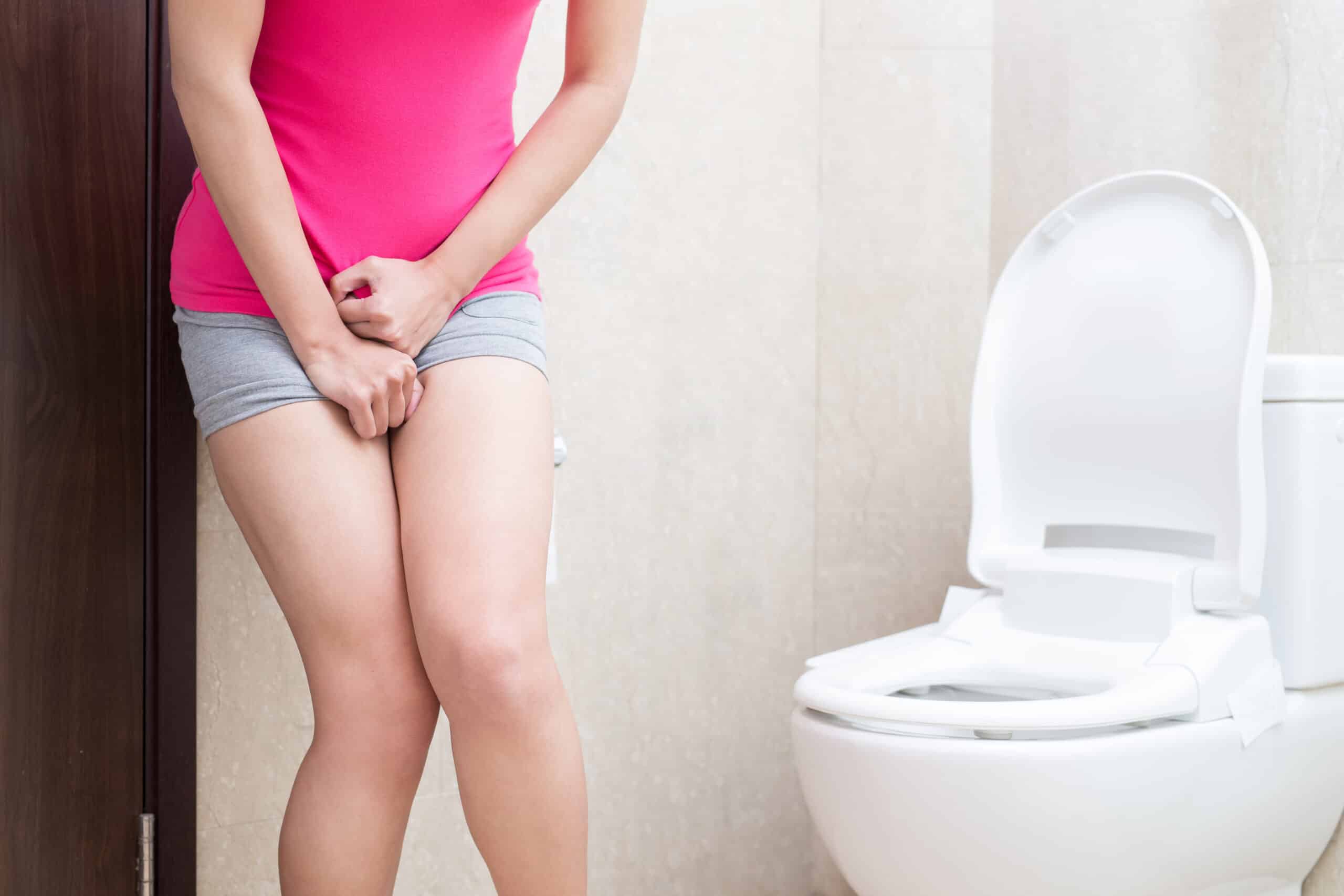Urinary incontinence in itself is not a disease, rather a symptom of another problem such as weak pelvic floor muscles, urinary tract infections, certain medications, diabetes, stroke, multiple sclerosis, an enlarged prostate, childbirth, and menopause. In addition to this condition some women may also have other urinary symptoms such as pressure /spasms in the pelvic area the create a strong urge to urinate; going to the bathroom more than usual( 8+ times during the day or 3+ times at night); and urinating while sleeping.
“Silence around bladder health has made the topic taboo. We often ignore our bladders, as long as they don’t give us any trouble. And when women do experience bladder problems, we often feel too embarrassed to get help…Taking care of your bladder is a way of loving yourself.” — Tamara Bavendam, M.D., M.S., Program Director, Women’s Urologic Health, National Institute of Diabetes and Digestive and Kidney Diseases.
1 out of 2 women and 1 out of 4 men are estimated to suffer from urinary incontinence symptoms in America, according to the Urology Care Foundation. If you are one of these people and the fear of leaks prevents you from doing things that you enjoy, perhaps it is time to think about getting this condition treated. Do not be embarrassed to talk to a medical professional about this common condition, as there are treatment options designed to help you.
There are a few steps that are generally recommended to try and treat urinary incontinence which are fairly simple, and for many women can make the incontinence issue go away completely or help to make leaks smaller and less frequent at the very least. These steps might include doing Kegel exercises, training your bladder, losing weight, changing eating habits, quitting smoking, and treating constipation.
Some people think that one should drink less water when you have this condition, but that is not true, water is needed especially for good health to help prevent infections and constipation. However, alcohol and caffeine may irritate or stress the bladder to make incontinence worse.
For those with stress incontinence Kegel exercises may help to strengthen the pelvic floor. But some people have urinary symptoms because their pelvic floor muscles are always tightened, in these cases Kegels will not help and may actually cause more issues. Strengthening the pelvic floor muscles may help to prevent or reduce urinary incontinence as they support the uterus, bladder, small intestine and rectum; 4 in 10 women report improved symptoms after trying these exercises within 4-6 weeks which will work differently for each person.
Kegels: For beginners, lie down, once you know how to do them you don’t need to lie down. Then try to squeeze the muscles in your genital area as if you are trying to stop the flow of urine or passing gas. While doing this try not to squeeze muscles in your belly or legs, being careful not to tighten the buttocks. Try to only squeeze the pelvic muscles, using the other muscles means that you are not using the pelvic floor muscles. After 3 seconds relax for 3 seconds, and then squeeze the muscles again for 3 seconds and release. Repeat this for 3 sets of 10 each day. As the pelvic floor muscles get stronger you can try to do them sitting or standing. Soon enough you will be able to do them anywhere at any time such as when you are at your desk, stuck in traffic, or doing the laundry. However, do not do Kegels while you are urinating as this can actually weaken the pelvic floor muscles over time.
You may be able to help control your overactive bladder by going to the bathroom at set times to train your bladder. To do this track how often you go to the bathroom, then slowly add about 15 minutes between bathroom visits and urinate each time even if you don’t really have the urge. By gradually increasing the amount of time between visits your bladder is learning how to hold more urine before signalling the urge to go again with the goal of being able to retain urine for 3-4 hours with less urgency and leaking.
Carrying extra weight puts more pressure on the body, including the bladder and nearby muscles which can lead to issues with bladder control. Losing some weight may be all that is needed to regain control of urinary incontinence. Your physician or certified medical professional can help you to come up with a plan to lose weight by choosing more healthy foods and getting regular physical exercise. You may even be referred to a dietician to create a healthy plan.
Changing your lifestyle habits may include avoiding drinks with caffeine, carbonation, and alcohol which all make bladder leakage or urinary incontinence worse. Smoking makes many health problems worse or even creates them, and urinary incontinence is no exception to this rule. You may also be advised to consume more fiber, especially if you experience constipation as this can make urinary incontinence worse.
If you are not able to improve your condition at home your physician may talk to you about other options such as medicine, creams, rings, vaginal pessary, slings, bulking agents, nerve stimulation, biofeedback, Botox, and surgery.
You may not be able to prevent urinary incontinence but you can take a few steps to lower your risks which includes practicing Kegel exercises daily, maintaining a healthy body weight, being physical active, avoiding foods/drinks that bother your bladder, drinking plenty of fluids, and consuming foods that are rich in fiber to help prevent constipation.




